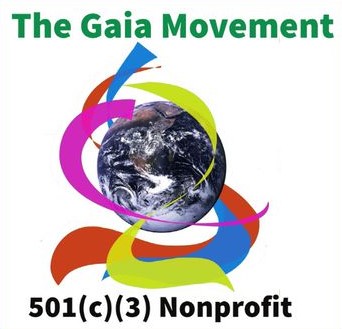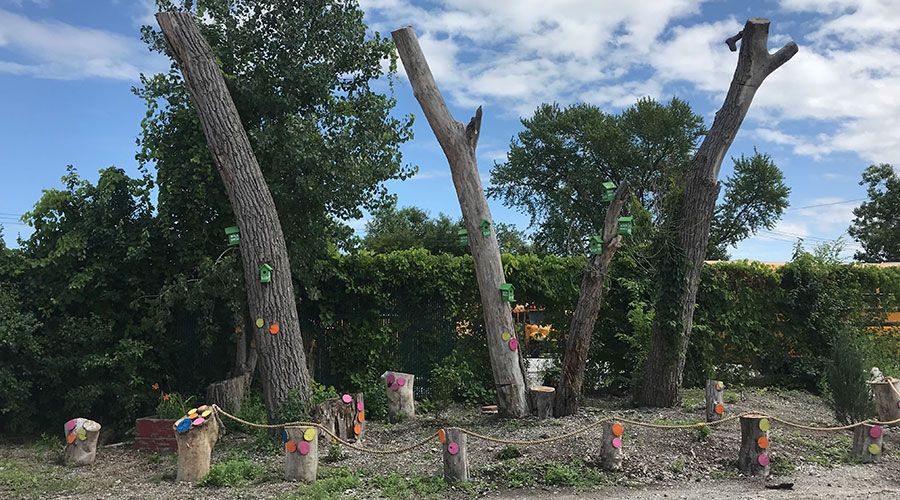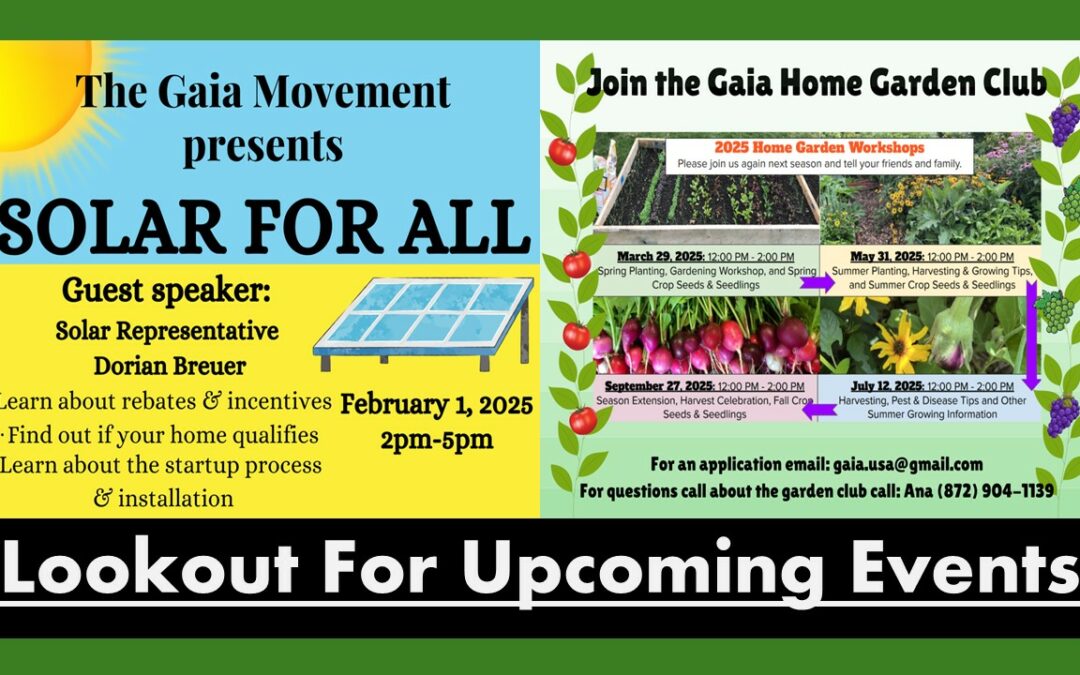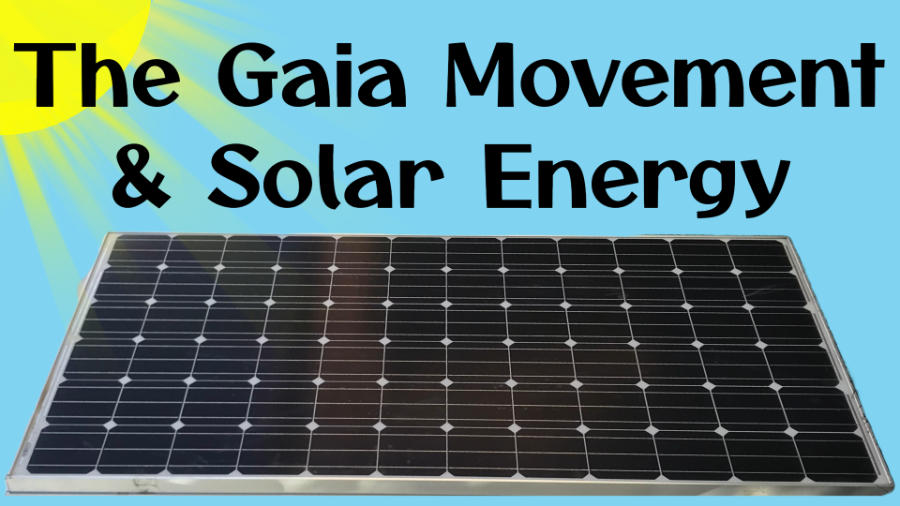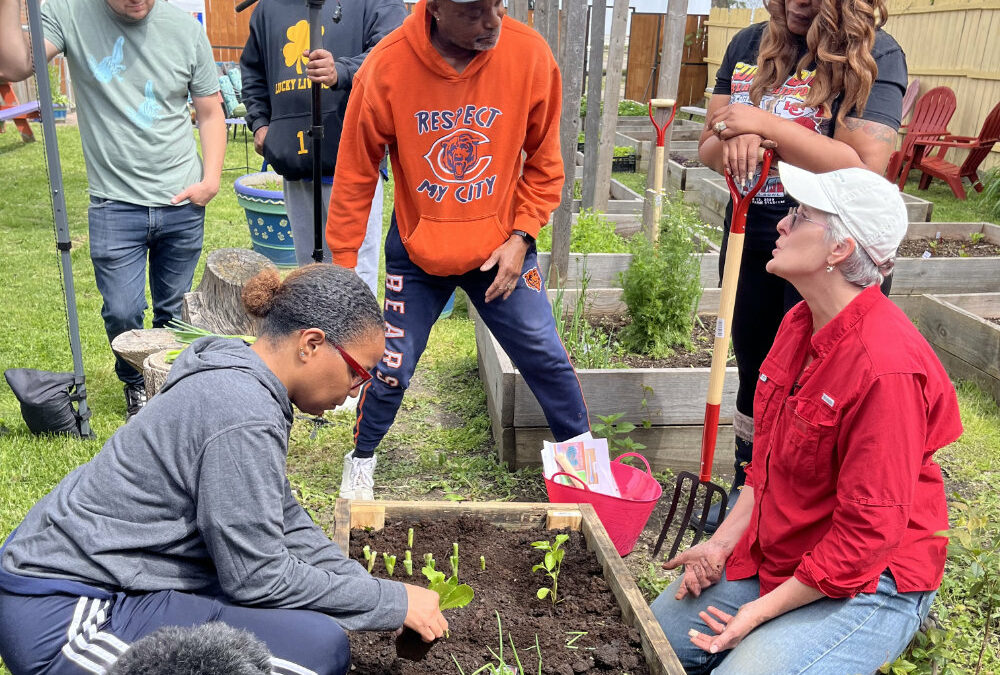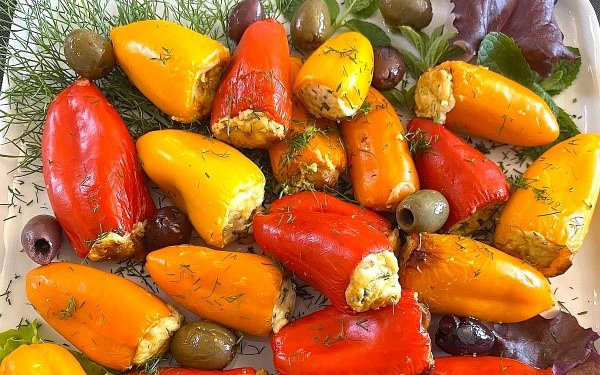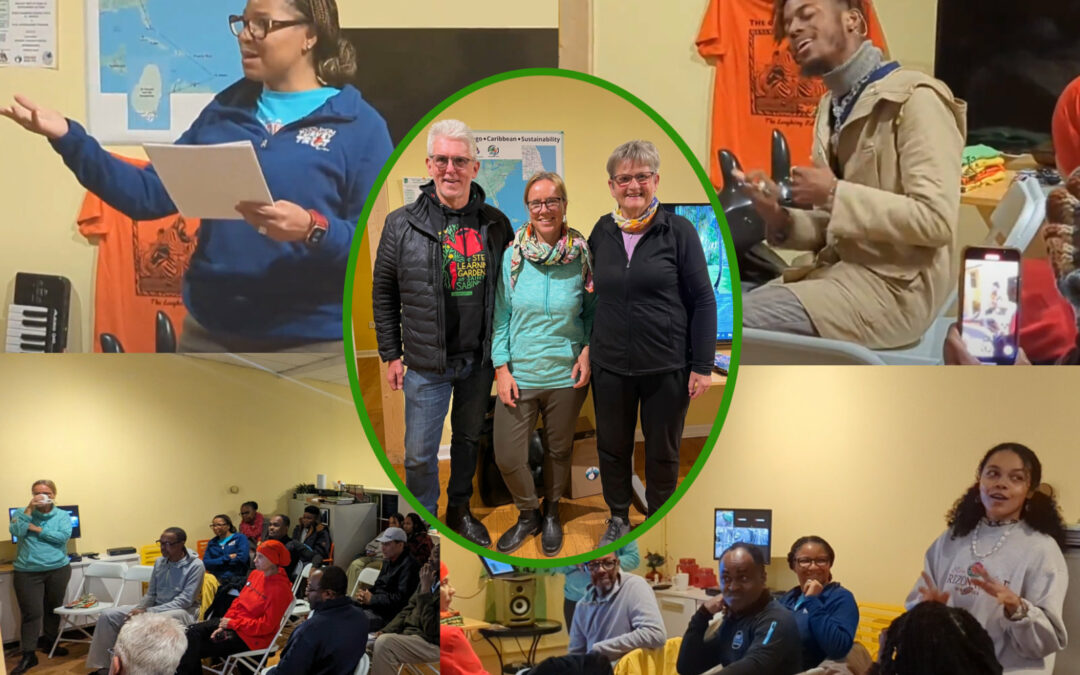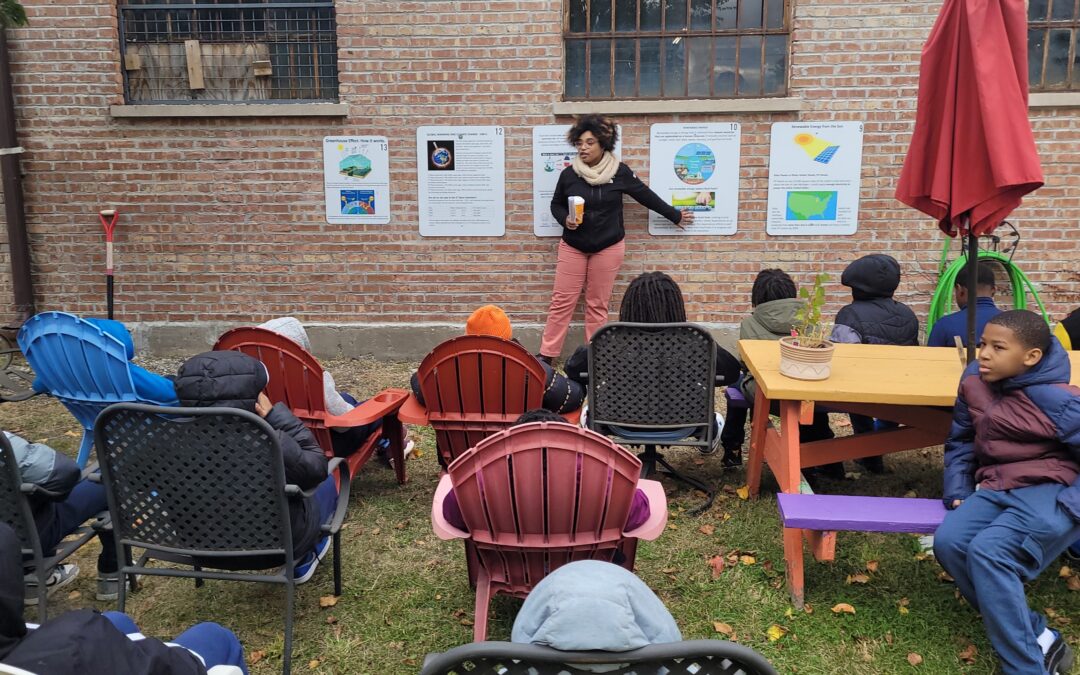There are many threatened birds, some say 77 types of birds in Illinois, which are endangered.
As one activity within our Planet Protection effort we decided to do something for the birds around our facility.
The most common birds in Chicago are also those who stay in the winter. They are the red cardinal, the American robin, the house sparrow, the black capped chickadee, the woodpecker and the green monk parakite.
We see them in our area in the summer. Quite a spectacular color spectrum. They eat seeds from trees, bushes and flowers. They also visit back yard gardens where people put out bird feeds
It becomes more and more difficult for birds to survive in the city as more and more space is occupied by buildings, the gardens have lawns, the city has plenty of concrete and chemicals.
Our facility is situated in a small industrial area on the south side of Chicago. When we moved in 20 years ago most of the trees were already gone. Opposite the entrance to the building there were three very big trees. Over the course of 20 years the 3 big trees slowly died and some of their branches were threatening to break in storms and damage our vehicles and roof. The area attracted dumping of old tires and other trash.
Last year we decided to cut down the trees and create a bird habitat with beautiful flowers and other vegetation. We kept the 3 big stems.
We have had several voluntary actions and actions with staff to clean the area, chop the branches and stack it as firewood. We have brought good soil from the garden to fill up under the tree stems and we have fenced in the area with some parts of the stems and a rope.
The bird habitat will provide food, cover, water and a place to raise their young once.
The food the birds eat are seeds, berries, insects and worms. We will make sure they have fresh water.
We have two mulberry trees in the fence in our garden. This very good food for the birds. We have sewn a variety of sunflowers and other flowers. Additionally, we will plant more berry bushes and two pine trees. All winter we will supply with bird seed mix.
As cover we have planted a few trees and we will plant more.
We have built some simple birdhouses for a start. We will add some multi-apartment houses and some platforms to build nest on.
This is how we have started. Over the summer and fall, we will observe how it is going and make a plan for the winter.
You are most welcome to join our efforts here and at your home. Be invited.
